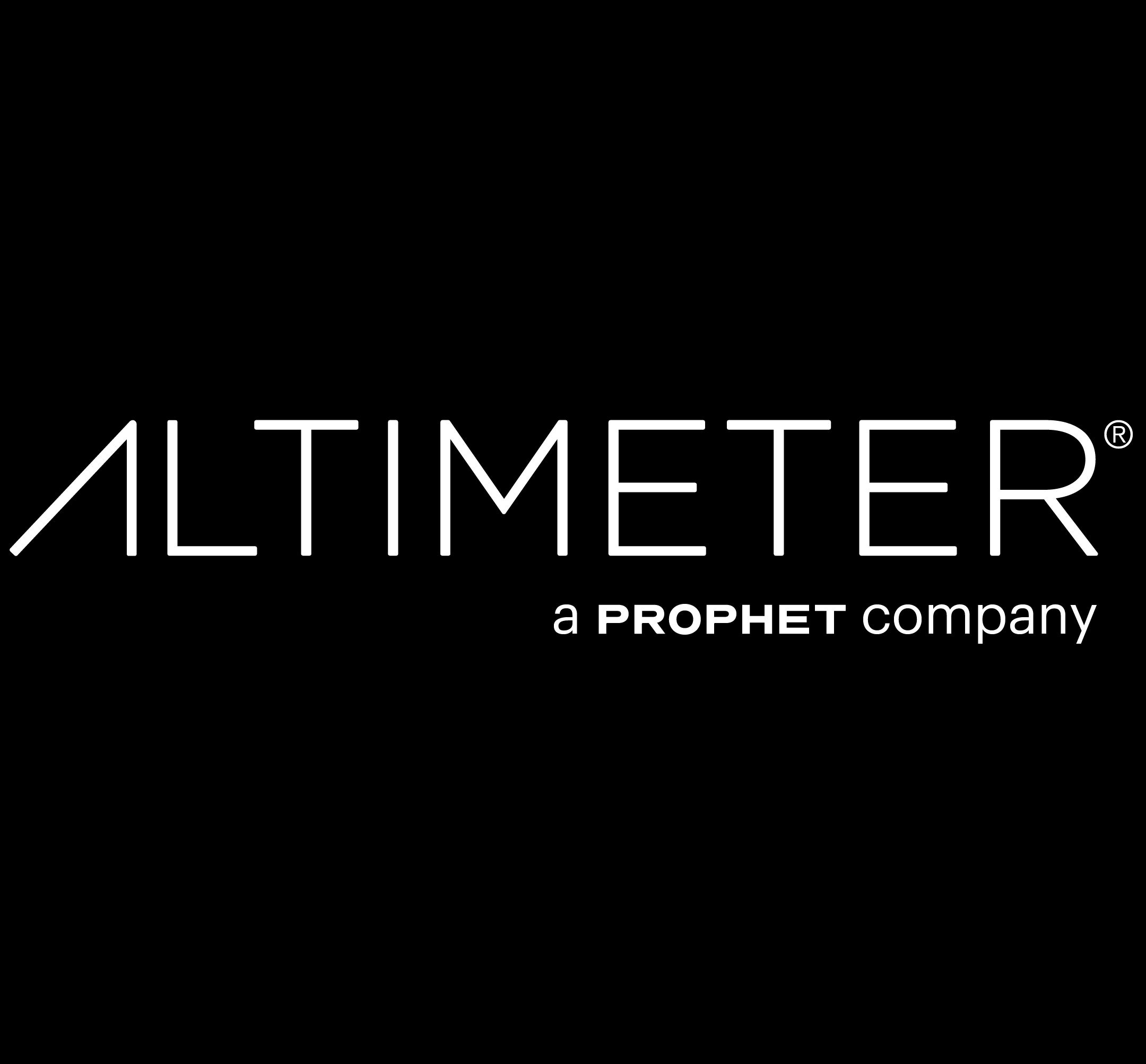BLOG
6 Ways Your Brand Personality Should Add Value
Like humans, brand personalities can be differentiating, enduring, endearing–or annoying.
What is the worst thing you can say about a person? High up on my list would be that someone has no personality. Who wants to spend time with someone so boring? I’d rather hang out with a jerk. At least then it would be interesting. The same reasoning applies to brands.
Not all brands have a personality, or at least a strong, distinctive personality. But the brands that do have a significant advantage in terms of standing out, communicating an on-brand message and supporting customer relationships. Personality is an important dimension of brand equity because, like human personality, it is both differentiating and enduring.
1. A brand personality can enhance self-expression benefits
People express themselves in part by the brands that they buy, especially when the brand is socially visible. For some, using a MacBook expresses a non-corporate, creative self, based in part on the perception that Apple-as-a-person is unpretentious and irreverent, and somewhat quirky in a good way.
Using Betty Crocker products and recipes expresses the home/mother/nurturing side of some of its users because Betty Crocker-as-a-person is a mother figure, a traditional, small-town, all-American person who cares about cooking and about her family. Wearing Nike shoes, clothing and accessories represents an active lifestyle personality for many, since Nike-as-a-person is exciting, spirited, cool, innovative, and into health and fitness.
2. A brand personality can provide the basis for a relationship
A brand personality can help lead to brand loyalty. For example, consider the following relationship metaphors:
- A weekend companion: Pepsi might be better than Coke if perceived as a fun, energetic, social person.
- A well-liked and respected family member: A warm, sentimental, family oriented, traditional personality like that of Hallmark, Kodak and even Coke can stay with you while growing up.
- A teacher, minister or business leader: Brands like IBM or the Wall Street Journal can represent accomplished, talented, and competent people you trust.
- An outdoor adventurer: REI, Nike or The North Face can represent your most athletic, rugged and outdoorsy friends.
3. A brand personality can represent a functional benefit
A brand personality can also represent functional benefits and brand attributes. It can be easier to create a personality that implies a functional benefit than to convincingly communicate that a functional benefit exists. Further, it is harder to attack a personality than a functional benefit. Consider:
Harley-Davidson as a rugged, macho, America-loving, freedom-seeking person who is willing to break out from confining society norms of dress and behavior. This suggests that the Harley motorcycle is powerful and has substance.
Hallmark as a sincere, sentimental, warm, genuine, wholesome, person, both competent and imaginative. This says so much about Hallmark’s offerings.
Wells Fargo, as represented by the stagecoach, reflects an independent, cowboy who delivers reliably. Although competitors may actually deliver superior reliability and safety of assets, because of the stagecoach, Wells Fargo can win the perception battle.
The Energizer rabbit is an energetic, upbeat, indefatigable personality who never runs out of energy—just as the battery runs longer than others.
4. A brand personality can guide brand building programs
As a practical matter, decisions need to be made about brand communications packages including advertising, physical packaging, promotions, events, customer touchpoints, digital programs and more. If the brand is specified only in terms of attribute associations, little guidance is provided.
“It’s almost impossible to copy a personality.”
To say that TaylorMade golf equipment is of high quality with an innovative design doesn’t give much direction to the communications team. However, to say that TaylorMade-as-a-person is a demanding professional who expects the best from his or her equipment conveys much more. A brand personality statement provides depth and texture, making it more feasible to keep the communication effort on-strategy.
5. A brand personality can help understand the customer
The brand personality metaphor can also help a manager gain an in-depth understanding of consumer perceptions of the brand. Instead of asking about attribute perceptions, which can be both boring and intrusive, asking people to describe a brand personality is often involving and can result in more accurate and richer insights into feelings and relationships.
The arrogant and powerful personality ascribed to Microsoft, for example, provides a deeper understanding about the nature of the relationship between Microsoft and its customers.
6. A brand personality can provide energy
A strong brand personality such as those surrounding Mercedes, Muji, or American Express can provide energy by adding interest and involvement; it effectively amplifies brand perception and experiences. All airlines seem similar until you consider the energy created by the personality profiles of brands like Singapore, Southwest, and Virgin.
A brand personality can provide a vehicle to express a person’s self, represent relationships, communicate attributes, guide brand–building, understand the customer and contribute energy. It can also provide a sustainable point of differentiation – it’s almost impossible to copy a personality.
FINAL THOUGHTS
A brand personality can be a vehicle to express a person’s self, represent relationships, and even communicate attributes. In doing so, it can provide a point of differentiation and energy. And above all, it should add value.





